Innovative Technology in Paper Cup and Plate Machine
The advancement of technology has revolutionized various industries, and the paper products sector is no exception. In recent years, innovative technology has significantly transformed the paper cup and plate manufacturing process, leading to improved efficiency, sustainability, and product quality. This article explores the groundbreaking technological advancements in paper cup and plate machines that are shaping the industry landscape.
1. Automated Production Processes
One of the most significant technological advancements in paper cup and plate machines is the integration of automated production processes. Modern machines are equipped with sophisticated robotics and control systems that enable seamless and efficient production. These automated systems handle tasks such as paper feeding, molding, printing, and stacking, reducing the need for manual intervention and increasing overall productivity.
2. Precision Mold Design
Precision mold design plays a crucial role in enhancing the quality and consistency of paper cups and plates. Advanced computer-aided design (CAD) and computer-aided manufacturing (CAM) technologies have enabled the development of intricate and precise molds that ensure uniformity in product dimensions and structural integrity. This level of precision results in higher quality end products that meet stringent industry standards.
3. Eco-Friendly Materials and Processes
Sustainable and eco-friendly practices have become increasingly important in the paper products industry. Innovative technology in paper cup and plate machines has facilitated the use of eco-friendly materials such as biodegradable coatings and recyclable paperboard. Additionally, manufacturing processes have been optimized to minimize waste and energy consumption, aligning with the global push towards environmentally responsible production methods.
4. Real-Time Quality Monitoring
The integration of advanced sensors and monitoring systems in modern paper cup and plate machines enables real-time quality assessment during the production process. These systems continuously monitor parameters such as paper thickness, moisture content, and forming pressure, allowing for immediate adjustments to maintain consistent product quality. Real-time quality monitoring minimizes defects and ensures that every item meets predefined quality standards.
5. Energy-Efficient Operations
Energy efficiency is a key focus in the design of next-generation paper cup and plate machines. Innovative technologies such as regenerative braking, variable frequency drives, and energy recovery systems have been incorporated to optimize power usage throughout the production cycle. By reducing energy consumption and maximizing operational efficiency, these advancements contribute to cost savings and environmental sustainability.
6. Smart Control Systems
The implementation of smart control systems has revolutionized the operation and maintenance of paper cup and plate machines. These systems leverage data analytics, machine learning, and predictive maintenance algorithms to optimize performance, minimize downtime, and preemptively address potential equipment issues. Smart control systems enable proactive maintenance scheduling and remote diagnostics, ultimately enhancing overall equipment reliability.
7. Customization Capabilities
Technological innovations have expanded the customization capabilities of paper cup and plate machines, allowing manufacturers to offer a diverse range of products tailored to specific customer requirements. From customizable printing options to versatile mold configurations, these advancements enable businesses to cater to diverse market demands and differentiate their product offerings in a competitive landscape.
8. Integration of Industry 4.0 Principles
The convergence of digitalization, automation, and connectivity, known as Industry 4.0, has permeated the paper products manufacturing sector. Paper cup and plate machines now integrate Industry 4.0 principles, leveraging interconnected systems, data-driven decision-making, and smart manufacturing technologies. This integration enhances operational agility, production flexibility, and overall responsiveness to changing market dynamics.
Conclusion
In conclusion, the innovative technology integrated into modern paper cup and plate machines has redefined the capabilities and efficiency of the industry. From automated production processes to sustainable practices and digitalization, these advancements have propelled the sector towards greater competitiveness and sustainability. As technological innovation continues to evolve, the paper products industry is poised for further transformations, driving enhanced product quality, operational efficiency, and environmental responsibility.
```




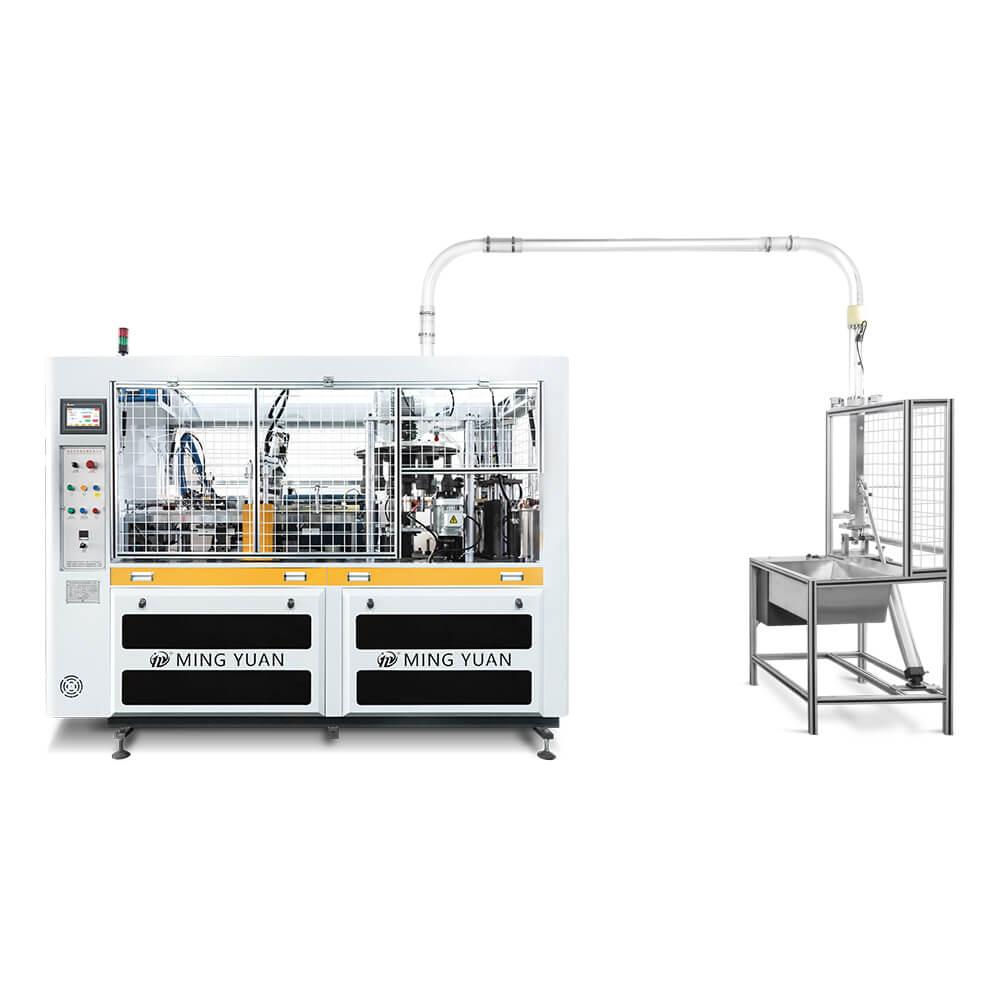
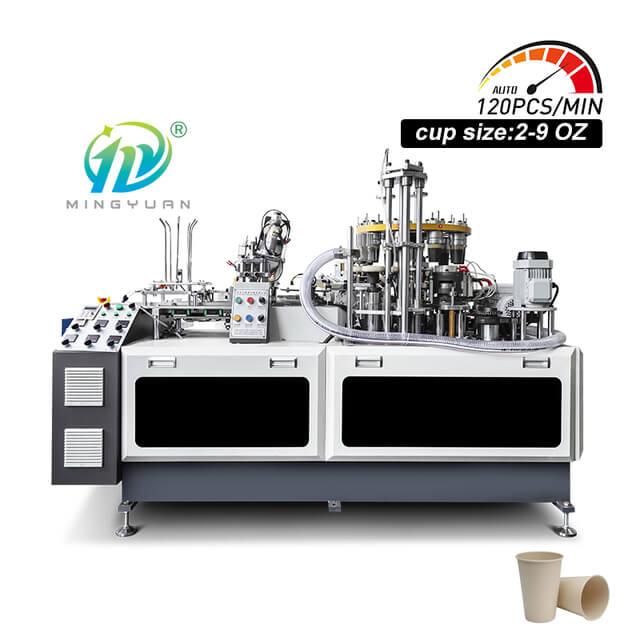
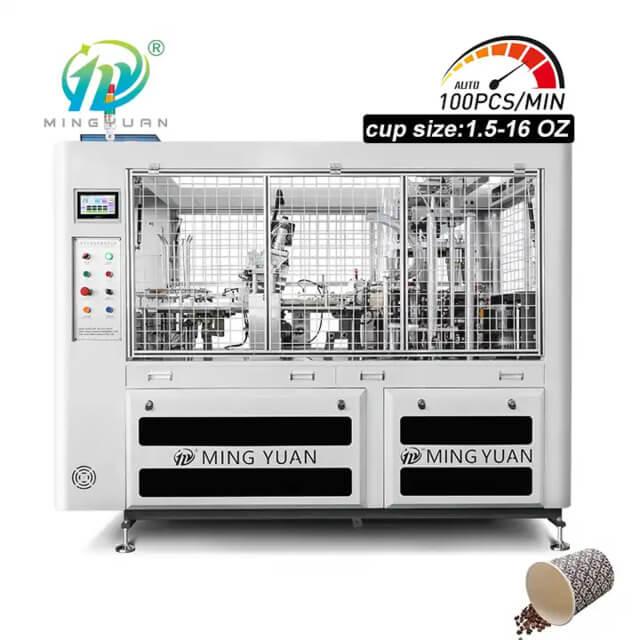
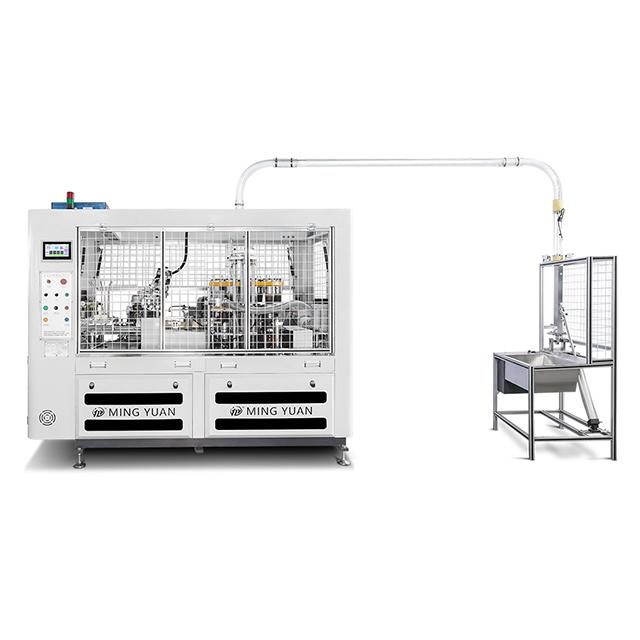

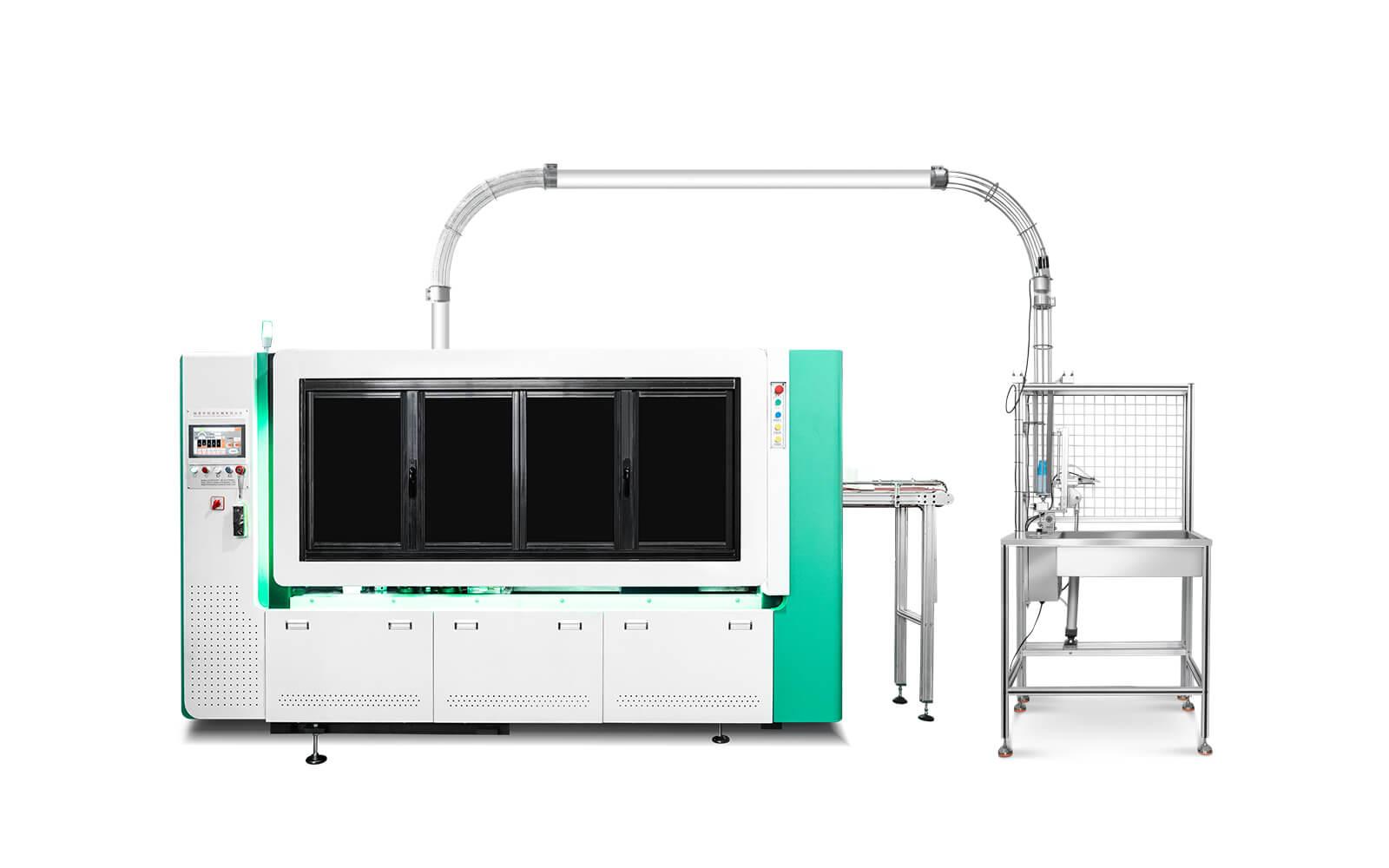

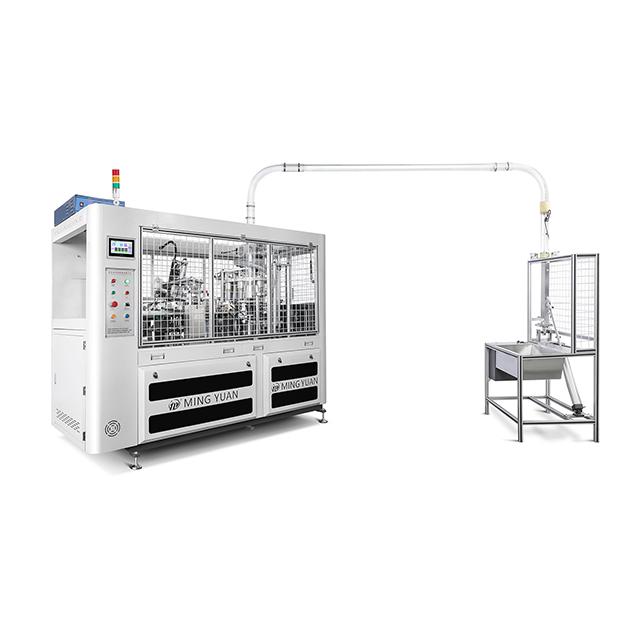
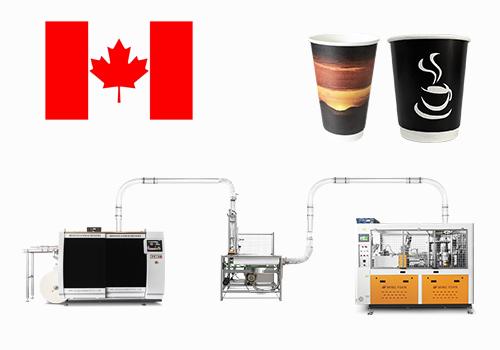
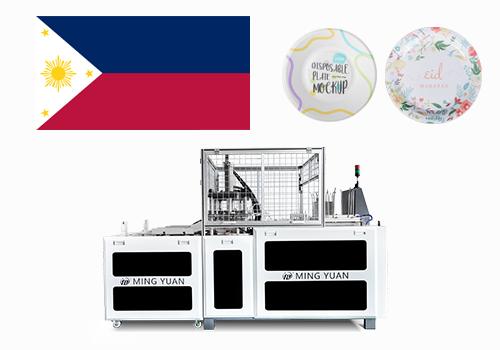


 Tel: +86-19057361870 / +86 577 65567060
Tel: +86-19057361870 / +86 577 65567060  Email: paperproductwholesaler@gmail.com
Email: paperproductwholesaler@gmail.com MP/WhatsApp: +86-19057361870
MP/WhatsApp: +86-19057361870 Manufacturer Address:No.1588, Huaming Road, Feiyun Street,Ruian City Zhejiang Province -325200 China
Manufacturer Address:No.1588, Huaming Road, Feiyun Street,Ruian City Zhejiang Province -325200 China




